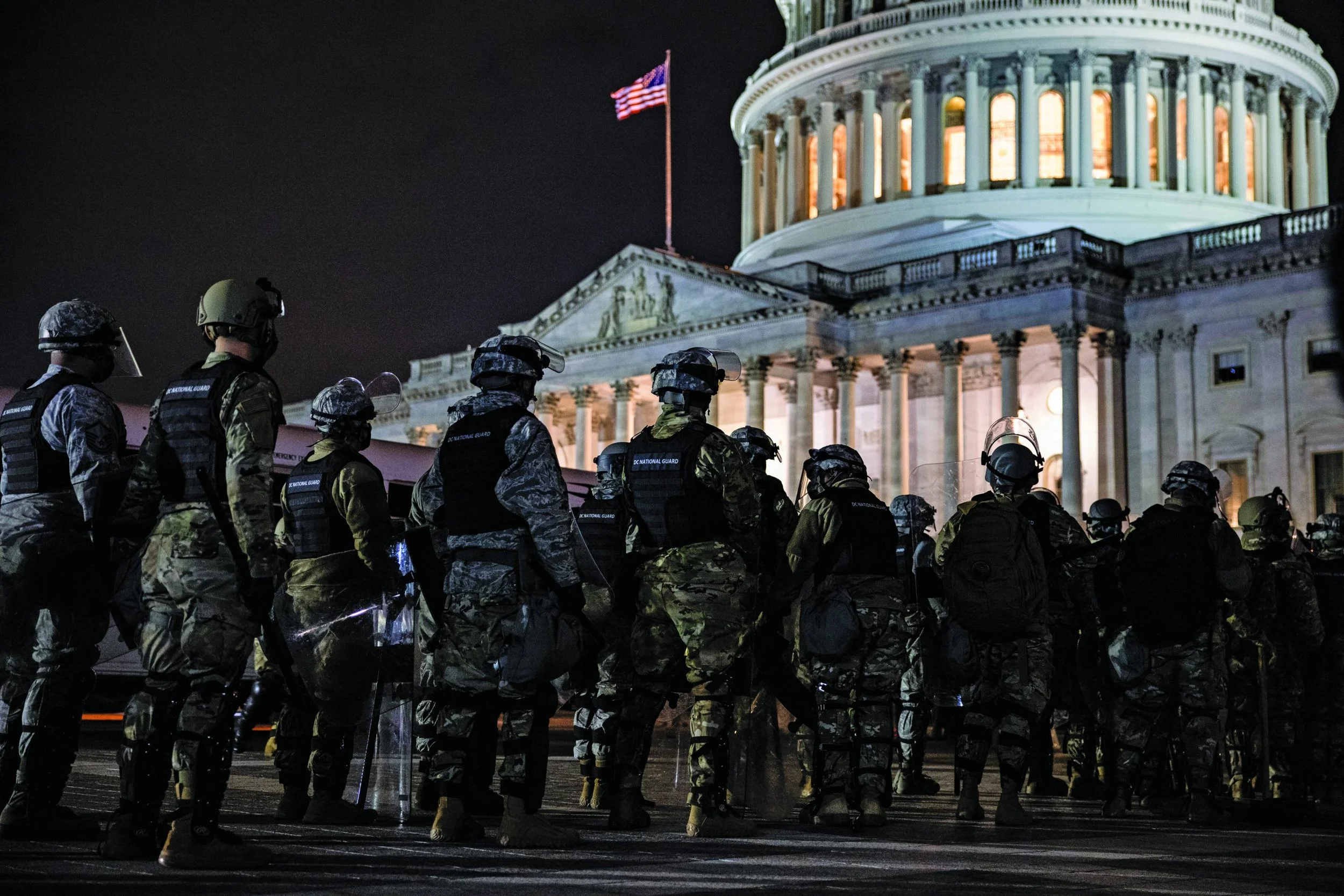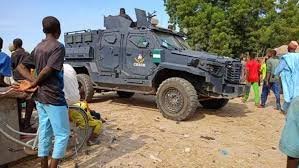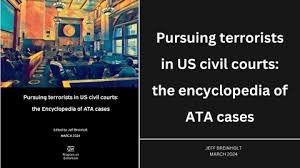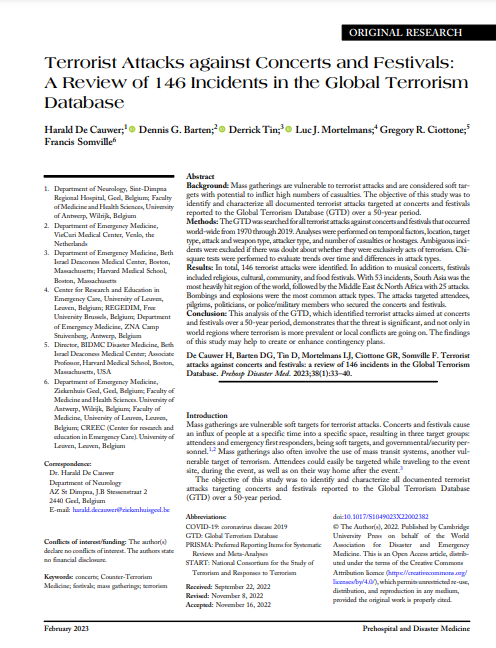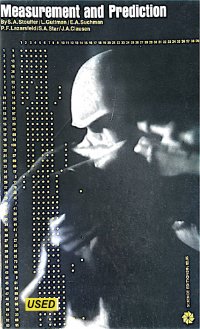By Bàrbara Molas, Anne Craanen, Sabrina Tripodi, Kacper Rękawek, andThomas Renard
Anti-Government Extremism (AGE) presents a complex and evolving security challenge, particularly in the transatlantic space. AGE is characterised by anti-system sentiments, and adherents propagate notions of an evil elite controlling societal mechanisms, adapting global conspiracy theories to local grievances. While predominantly non-violent, it harbours the potential for violence, posing a significant policy challenge. This report contributes a comprehensive exploration of AGE by utilising original data, including interviews with security officials and an exploration of AGE spaces online, focusing on Austria, Germany, the Netherlands, Sweden, and the United States. Through thematic comparative analysis, it unveils the nature of anti-government groups and individuals, elucidating their transnational linkages both online and offline. By shedding new light on AGE’s manifestations, severity, and responses across jurisdictions, this research illuminates whether AGE constitutes a standalone security concern. Furthermore, it offers insights into practical strategies for addressing AGE, especially in the context of existing policies for preventing and countering violent extremism (P/CVE). The recommendations provided are tailored to the differing characteristics of AGE groups, individuals, and networks, ensuring a nuanced and effective response to this emerging threat, both online and offline.
The Hague: International Centre for Counter-Terrorism (ICCT). 2024, 48pg



